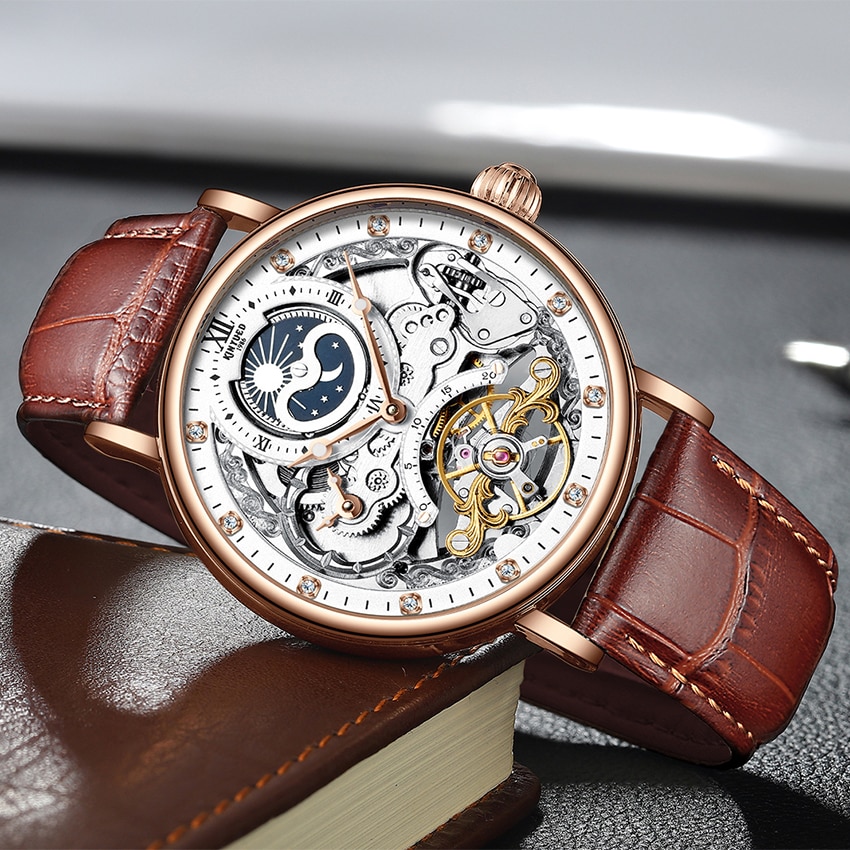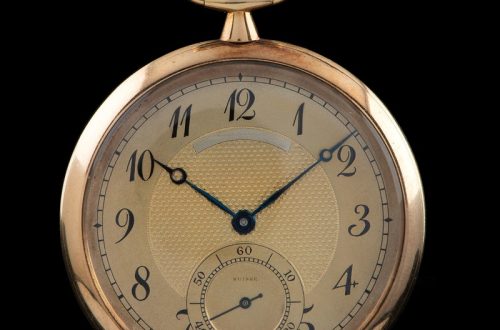Introduction
In the world of horology, the automatic mechanical watch stands as a symbol of sophistication, precision, and craftsmanship. These timepieces have captured the hearts of watch enthusiasts and collectors alike. With a rich history and intricate mechanics, they combine artistry and functionality. Unlike their quartz counterparts, automatic watches rely on a mechanical movement to keep time. This unique feature makes them not just tools for telling time but also pieces of art on the wrist.
As technology evolves, the allure of automatic mechanical watches continues to thrive. Many consumers view these watches as investments, reflecting personal style and sophistication. In this guide, we will delve into what makes automatic watches so appealing and how they work. Additionally, we will discuss their benefits, compare them to quartz watches, and explore maintenance tips to ensure longevity.
What is an Automatic Mechanical Watch?
An automatic mechanical watch is a timepiece powered by the movement of its wearer. It features a self-winding mechanism, meaning it harnesses kinetic energy to wind the mainspring. When the wearer moves their wrist, a rotor inside the watch rotates, winding the mainspring and storing energy. This motion eliminates the need for battery replacements, a significant advantage for many watch enthusiasts.
Parts of an Automatic Watch
The anatomy of an automatic watch consists of several key components:
– Rotor: The rotor is a semi-circular piece of metal that rotates as the wrist moves. This motion winds the mainspring.
– Mainspring: The mainspring is a coiled spring that stores energy. As it unwinds, it powers the watch.
– Escapement: This mechanism regulates the release of energy from the mainspring to the gear train, controlling the timekeeping.
– Gear Train: The gear train transmits energy from the escapement to the hands of the watch.
– Dial and Hands: These components display the time, often accompanied by additional features.
The intricate nature of automatic watches highlights the craftsmanship involved in their creation. From luxury brands to more accessible options, these watches cater to various tastes.
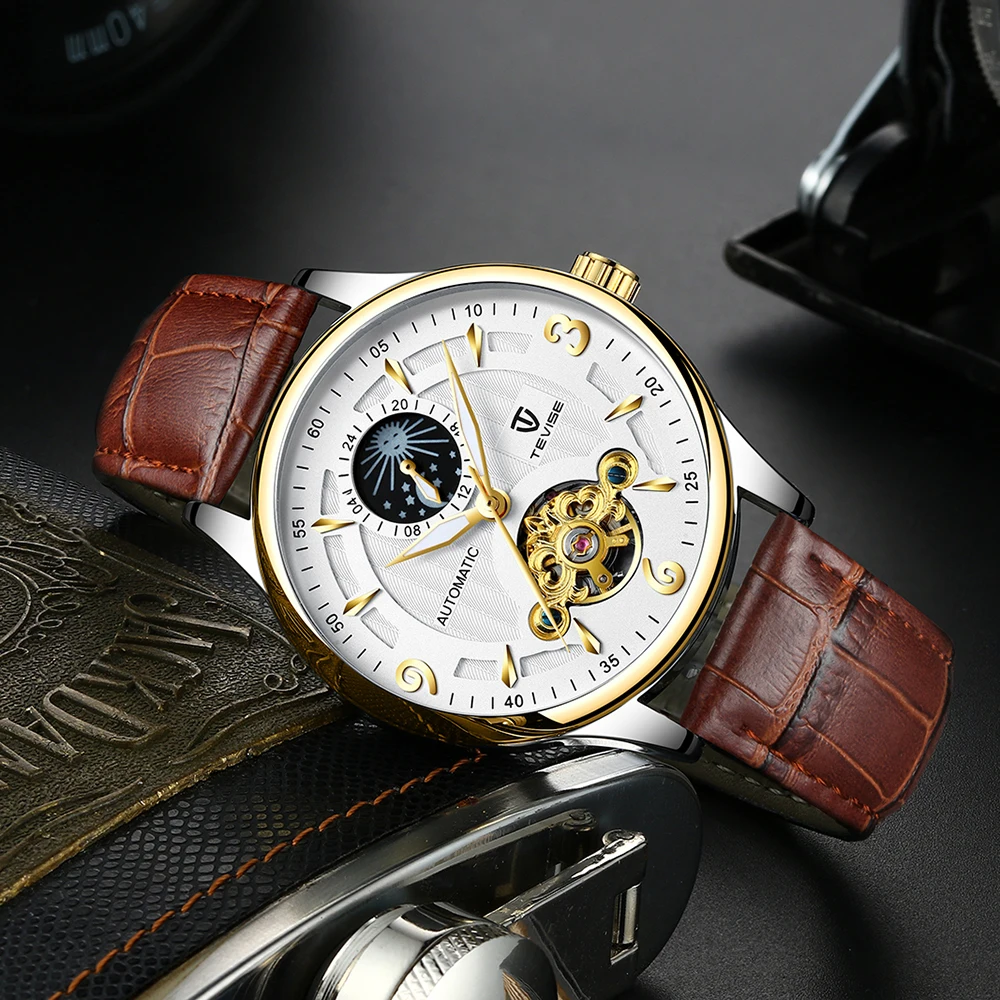
How Automatic Watches Work
Understanding how an automatic mechanical watch operates is essential for appreciating its value. Below is a breakdown of the fundamental functionalities involved in its mechanism:
Self-Winding Mechanism
The most vital aspect of automatic watches is their self-winding feature. When the wearer moves their wrist, the rotor spins around a pivot. This movement winds the mainspring, storing energy. As the mainspring uncoils, it releases energy in a controlled manner to power the escapement, which in turn sets the gear train in motion.
Power Reserve
Most automatic watches have a power reserve, typically ranging from 24 to 48 hours. This feature means that if you don’t wear the watch for a day or two, it may stop. However, once it’s back on the wrist, the rotor begins winding again, keeping the watch operational. Some high-end models offer extended power reserves, showcasing superior engineering.
Accuracy
Automatic watches are generally known for their accuracy. However, their precision can vary based on manufacturing quality and maintenance. On average, they can lose or gain a few seconds per day. Factors like temperature and position also affect accuracy. Thus, periodic servicing is recommended to maintain optimal performance.
Understanding these mechanics allows enthusiasts and potential buyers to appreciate the engineering behind their timepieces.
Benefits of Automatic Watches
Owning an automatic mechanical watch offers myriad advantages that appeal to both users and collectors. Here are some key benefits:
1. Craftsmanship and Artistry
Automatic watches often feature intricate designs and meticulous craftsmanship. Each timepiece embodies the artistry of watchmaking. This level of detail makes them not just functional tools but also works of art.
2. Longevity and Heritage
With proper care, automatic watches can last for decades, even generations. The tradition of mechanical watchmaking has a rich history. Many brands have been producing automatic watches for over a century, making them valuable heirloom pieces.
3. No Battery Required
One of the most significant advantages of automatic watches is their self-winding mechanism. You never have to worry about changing batteries. The kinetic energy from daily wear powers the watch, adding convenience for the user.
4. Connection to Tradition
Wearing an automatic watch connects you to the legacy of traditional watchmaking. These watches embody a sincere appreciation for craftsmanship and history. They often come with stories steeped in heritage, which can resonate with owners.
5. Style and Prestige
Automatic watches exude elegance and sophistication. They are often seen as status symbols. High-quality automatic timepieces can enhance personal style and make a statement in both casual and formal settings.
By choosing an automatic watch, you are investing in a blend of utility, artistry, and history.
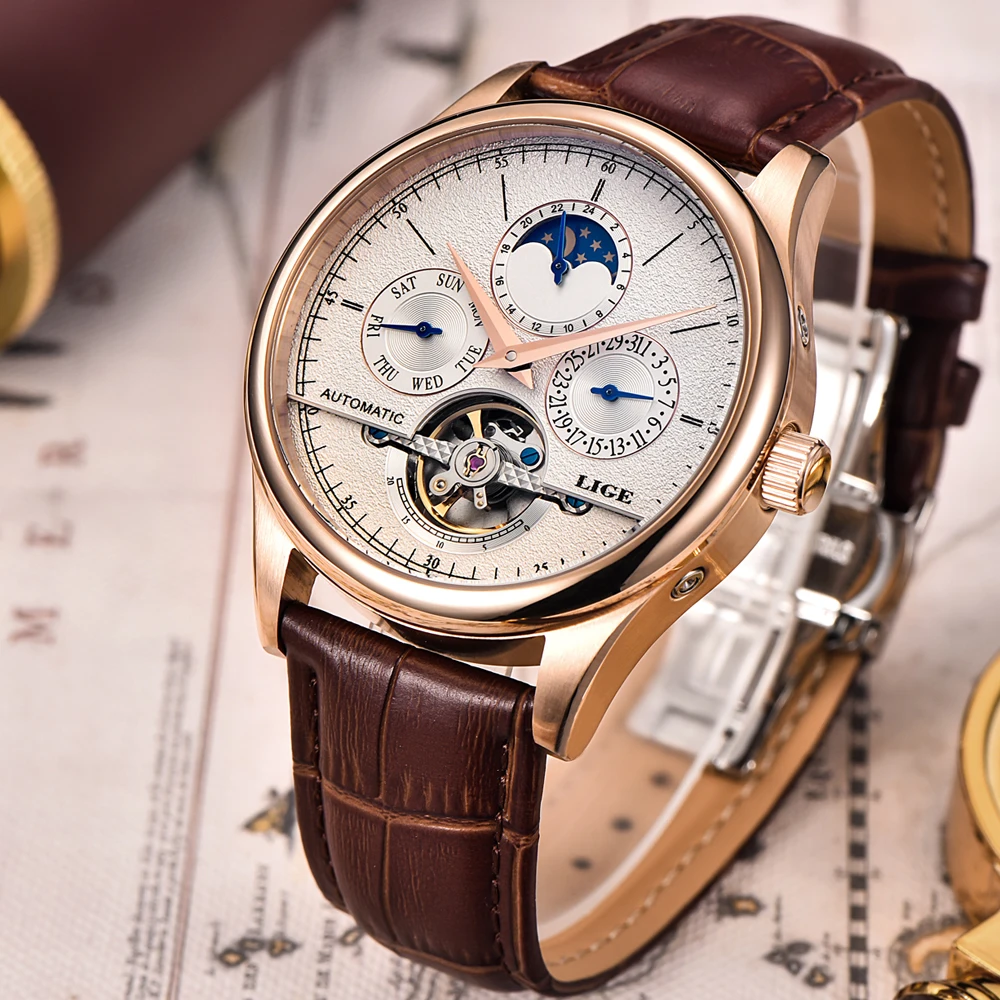
Automatic Mechanical Watch vs. Quartz Watch
When considering a watch purchase, understanding the differences between automatic mechanical watches and quartz watches is crucial. Here is a detailed comparison:
1. Mechanisms
Automatic mechanical watches rely on intricate mechanical movements involving gears and springs. In contrast, quartz watches use a battery and a quartz crystal to keep time. The battery sends electrical signals to the quartz crystal, causing it to vibrate and maintain accuracy.
2. Accuracy
While both types of watches can be accurate, quartz watches typically outperform automatic watches in terms of precision. Quartz watches can keep time to within a few seconds per year, while automatic watches can lose or gain seconds daily depending on their condition and maintenance.
3. Maintenance
Automatic watches require regular servicing to ensure optimal performance. This includes cleaning, oiling, and regulating the movement. Quartz watches, however, mainly need battery replacements and less frequent service, making them more low-maintenance.
4. Experience and Feel
Wearing an automatic watch offers a unique tactile experience. The movement of gears can often be felt on the wrist, giving the wearer a sense of connection to the watch. Quartz watches do not provide this traditional sensory experience, focusing more on practical timekeeping.
5. Price Range
Generally, automatic mechanical watches tend to have a higher price point due to the craftsmanship and intricacies involved in their manufacture. Quartz watches are more affordable and widely available, making them an attractive option for many consumers.
Choosing between automatic and quartz ultimately depends on personal preferences and lifestyle. Those who appreciate craftsmanship and tradition may lean towards automatic watches, while others may prioritize accuracy and ease of use.
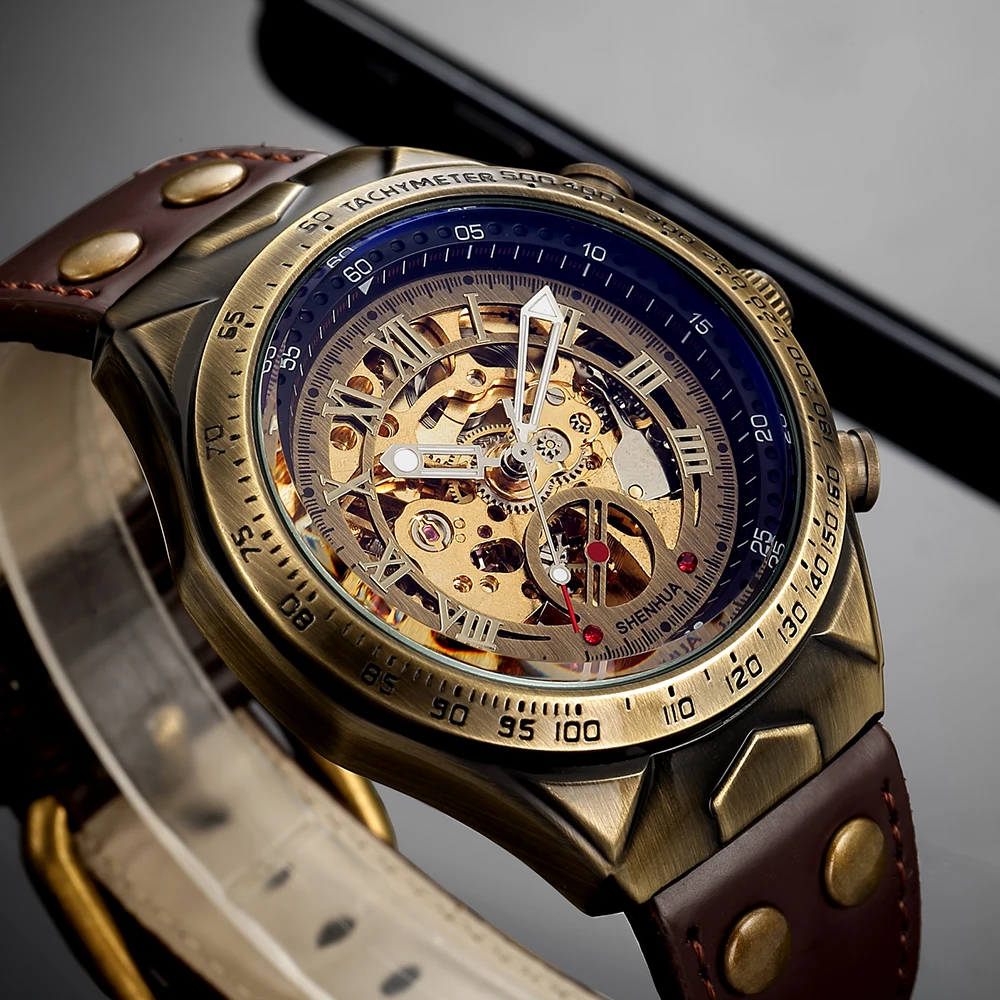
Maintenance and Care for Automatic Watches
Proper maintenance of an automatic mechanical watch ensures its longevity and precision. Here are practical tips for caring for your watch:
1. Regular Winding
If you don’t wear your automatic watch daily, it’s important to wind it at least once every few days. This practice keeps the movement lubricated and functioning optimally. To do this, simply turn the crown clockwise about 30 times.
2. Cleaning
Regularly clean your watch with a soft microfiber cloth to remove dust and dirt. Be gentle, as harsh chemicals can damage the finish. For deeper cleaning, consider using a watch cleaning kit depending on the materials.
3. Avoiding Water Damage
While many automatic watches are water-resistant, it’s crucial to avoid exposing them to harsh conditions unnecessarily. Water damage can lead to significant repair costs. Always double-check if the crown is pushed in tightly before exposure to water.
4. Professional Servicing
Schedule professional servicing every three to five years. This is essential for maintaining functionality, as watchmakers can clean, lubricate, and adjust movements. Regular servicing enhances performance and extends the lifespan of your watch.
5. Safe Storage
When not in use, store your automatic watch in a cool, dry place. Consider investing in a watch box or winder to protect it from dust and damage. A watch winder can also keep the watch wound when not worn over extended periods.
By following these maintenance tips, you can ensure that your automatic watch remains in excellent working condition for years to come.

Conclusion
The automatic mechanical watch represents the pinnacle of craftsmanship, style, and functionality. Its intricate mechanics and the tradition behind its creation make it a meaningful addition to anyone’s collection. Whether you’re a seasoned watch enthusiast or considering your first purchase, understanding the benefits and care associated with automatic watches is crucial.
These timepieces not only tell time but also embody a history rich in artistry and innovation. With options ranging from luxury brands to affordable models, there is an automatic watch suitable for every preference and budget. As you explore your options, remember to consider your lifestyle and the attributes that resonate with you.
The world of automatic mechanical watches invites you to appreciate the beauty of traditional horology. Choose wisely, and you will find a companion that will last for generations. Celebrate your passion for watches and make an informed choice that aligns with your unique style and values.
